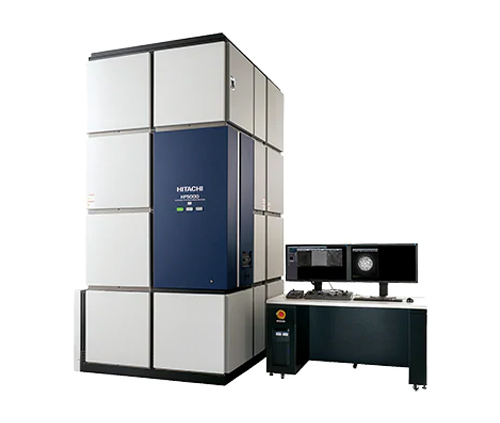Scanning electron microscopes are widely used in various fields of modern science. Especially in agriculture, forestry and animal husbandry, aquaculture, medical and health services, biological science research, metallographic research, and teaching in various colleges and universities, it has important uses.
Microscopes have gradually become the most commonly used analytical instruments for scientific researchers. However, how to buy a scanning electron microscope, which is cost-effective and has complete functions, is often a headache for scientific researchers. Today I will talk to you about choosing a microscope. Several major considerations:
1. First, we must understand what kind of sample and what type of microscope?
According to the observation sample and different functions, the microscope is divided into: upright microscope, inverted microscope, stereo microscope, fluorescence microscope, phase contrast microscope, polarizing microscope, metallurgical microscope, laser confocal microscope and so on. Upright microscopes are more suitable for observation of glass slides, inverted scanning electron microscopes are more suitable for observation of petri dishes, phase contrast microscopes are more suitable for living cells and unstained biological specimens, fluorescence microscopes are suitable for imaging of autofluorescence and induced fluorescence specimens and so on.
Second, the comfort of the operating experience?
The comfort of the microscope experience is now a major selling point of the microscope. The pictures are displayed synchronously and screened, and the saved pictures can be modified and edited directly, which is of great help to liberate the experimenter.
3. What effect do you want and how many times to zoom in?

Eukaryotic cells: 10-100μm; Prokaryotic cells: 1-10μm; Nucleus: about 7cm; Mitochondria: 0.5-1μm; Most viruses: 20-100nm. The optical microscope can distinguish between 200nm; smaller mycoplasma and viruses need to be observed with an electron microscope. Optical total magnification = eyepiece magnification X objective lens magnification, digital total magnification = eyepiece magnification X objective lens X digital magnification. Therefore, the appropriate microscope and configuration should be selected according to the size of the sample to be observed.
4. How good is the optical system?
Resolving power is the ability to observe the details of the sample and the resolution speed of the image-another important factor that needs to be considered. The objective lens is very important in the optical system. The higher the numerical aperture (NA) of the objective lens, the stronger the resolving power. The user needs to see the level of detail and budget, and select the objective lens with the appropriate numerical aperture (NA). In addition to the numerical aperture (NA), the biological field
In organisms, different fibrin structures show obvious anisotropy, and the detailed information of the molecular arrangement in these fibers can be obtained by using a polarizing microscope. Such as collagen, spinning silk during cell division, etc.
2. Identification of various biological and non-biological materials
Such as the identification of starch properties, the identification of pharmaceutical ingredients, fibers, liquid crystals, DNA crystals, etc.
3. Medical analysis
Such as stones, uric acid crystal testing, arthritis, etc.
4. Geological and mineral analysis
In addition to common biomedical applications, polarized light microscopes can also be used for polarized light detection of various minerals and crystals, and are widely used in the petroleum, mining and semiconductor industries. LED lighting and special filters can be applied in quality control and industrial analysis.